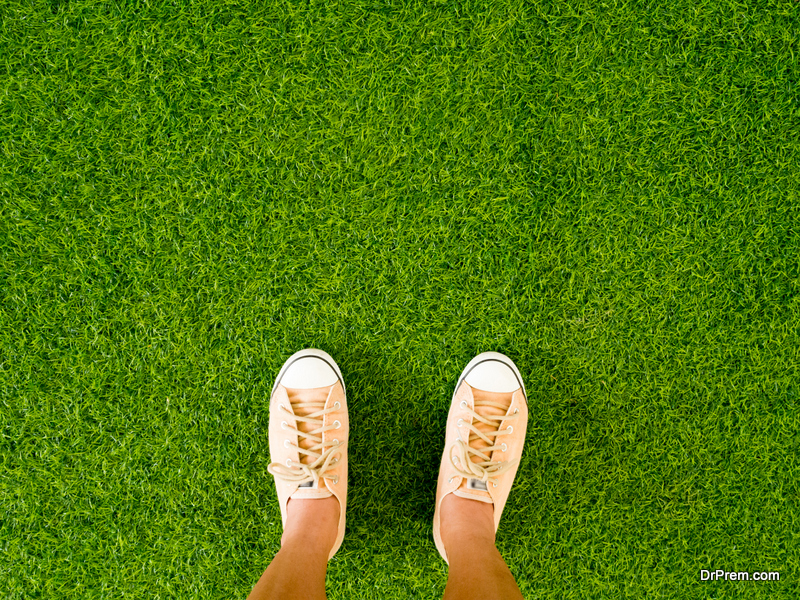With the summer season just around the bend, you may be rubbing your hands together in anticipation of getting out into your yard to make it look vibrant, colorful and healthy. That said, you may have accidentally turned up the heat on your water bill last year. No matter if you’re looking to save money or do your part to save the environment, or if you live in an area that’s prone to drought, it’s always good to do what you can to save water. Learn how without sacrificing the appearance of your lawn and garden.
1. Feed Your Lawn
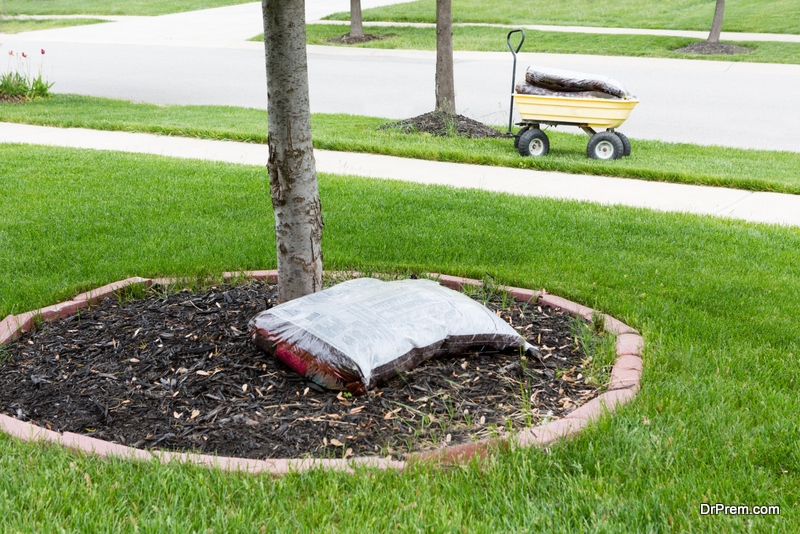
Plenty of lawn foods exist that make your grass look great. What’s more, lawn food makes it so your lawn can stand up to heat and drought. Look for lawn food that’s designed to help water soak its way deep into dry soil and stay there for as long as possible. Pay close attention to how often you need to feed your grass and additional steps you need to take to maximize the overall effectiveness of the product.
2. Install an Automatic-Rain-Shut-Off Device
If you have an irrigation system, look into installing an automatic-rain-shut-off device. Such a device measures how much rain has fallen so you don’t unnecessarily water your lawn when Mother Nature has taken care of the job for you. It’s best to have the shut-off device installed by a professional, so you can ensure the job is done right the first time. You’re sure to quickly find the device practically pays for itself.
3. Layer Your Garden With Mulch
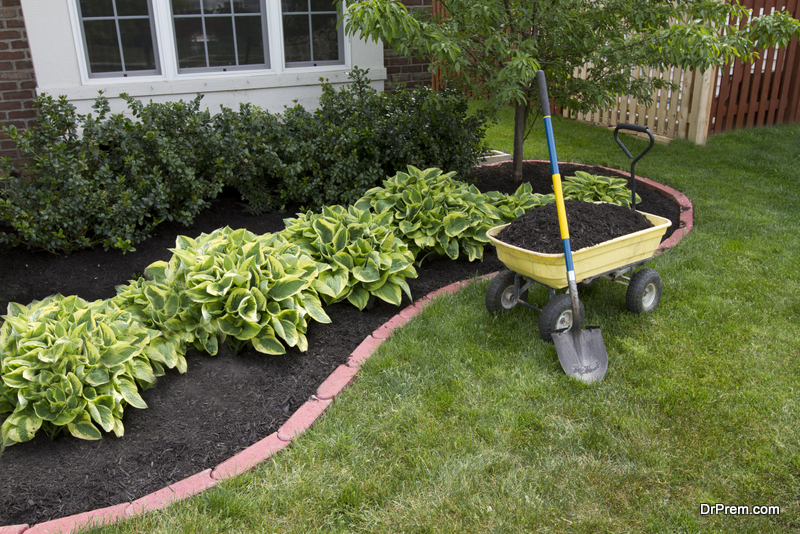
Your garden is bound to look much better covered by a healthy layer of mulch. This is because mulch helps with water retention, making sure the water stays right where it is in the soil rather than evaporate more than necessary. Look into mulch delivery on sale in Ohio, exploring your options for different types of mulch and the benefits they yield.
4. Check Your Lawn Mower Settings
Before you cut your grass for the first time this season, check the settings. A three- to four-inch cut is best for most lawns, but you may need to set that lower if you have warm-season grass. When you cut your grass at the right height, you help facilitate a deeper root system for proper water and nutrient retention. There’s also the fact that taller grass casts shade on the soil, which reduces the overall amount of evaporation.
5. Check for Leaks
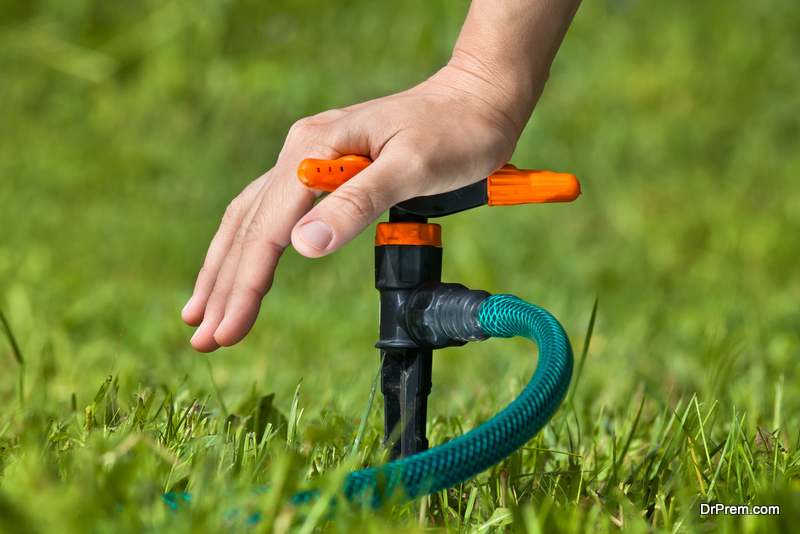
Look over your emitters, hoses, and outdoor faucets for leaks. The smallest leak has the potential to lead to several thousands of gallons of wasted water a year. Now think about how much more water (and money) you could waste if you have several leaks. Do yourself a favor and check for leaks at least once a week.
6. Change to Adjustable Sprinklers
If you don’t already have them, adjustable sprinklers can make all the difference in how you water your lawn and how you pay to water your lawn. What’s so unique about adjustable sprinklers is the fact that you can choose between different watering patterns. That way, you water the parts of your yard or garden that need it most, rather than wasting both water and money with overwatering or unnecessary watering.
7. Visually Study Your Lawn
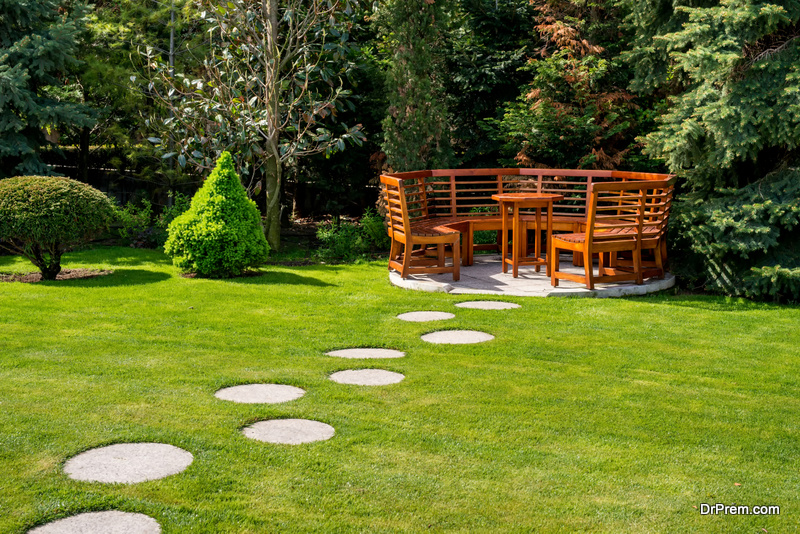
If you pay attention, your lawn will let you know when it needs water. For instance, grass that doesn’t spring back after you walk on it, curling blades of grass, and an overall lackluster appearance are all indications that your grass is in need of some hydrating TLC. You can also use a screwdriver to help with this. Essentially, you should be able to ease the screwdriver at least six inches into the soil before you start to feel resistance. Using visual clues helps you know for certain when your grass needs water and when it’s perfectly fine.
8. Don’t Collect Grass Clippings
Rather than gather grass clippings after mowing your lawn to throw them away, leave them right where they are, or spread them in your garden. The grass clippings break down and provide your yard with helpful nutrients. That said, you don’t want to mow down too much of the grass blade, as doing so can send your lawn into a type of shock due to it being smothered by the grass clippings rather than sustained by them.
9. Artificial Grass
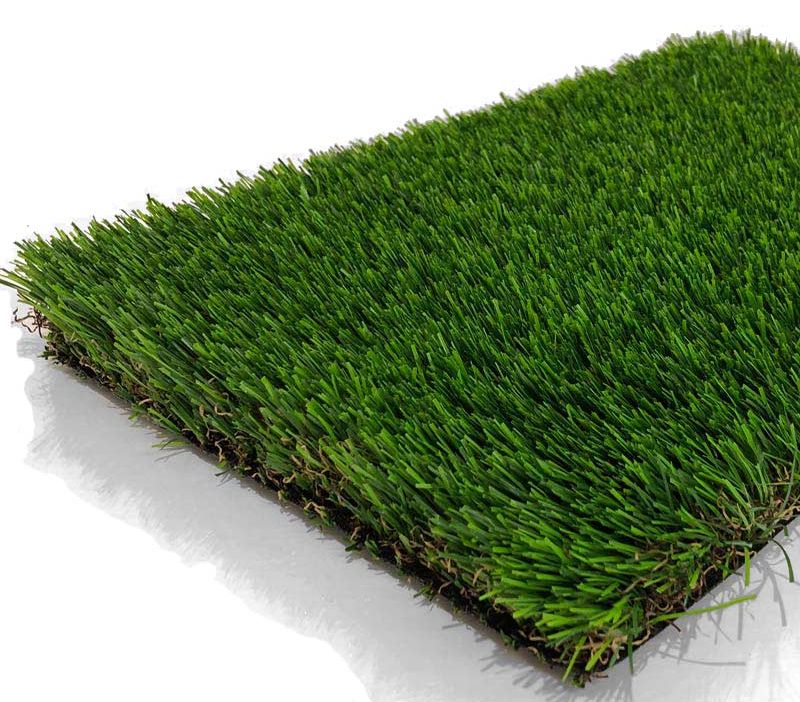 One of the most accessible and most cost-effective ways to save water is to opt for artificial grass. Although it may cost a lump sum to install, Synthetic grass will help you lower your water bill all year long. Designed to look and feel like real grass, artificial grass is the perfect addition to your garden.
One of the most accessible and most cost-effective ways to save water is to opt for artificial grass. Although it may cost a lump sum to install, Synthetic grass will help you lower your water bill all year long. Designed to look and feel like real grass, artificial grass is the perfect addition to your garden.
Keep these tips in mind this spring and summer as you reinvigorate your lawn and garden. You don’t have to go broke to have a gorgeous property exterior.
Article Submitted By Community Writer


